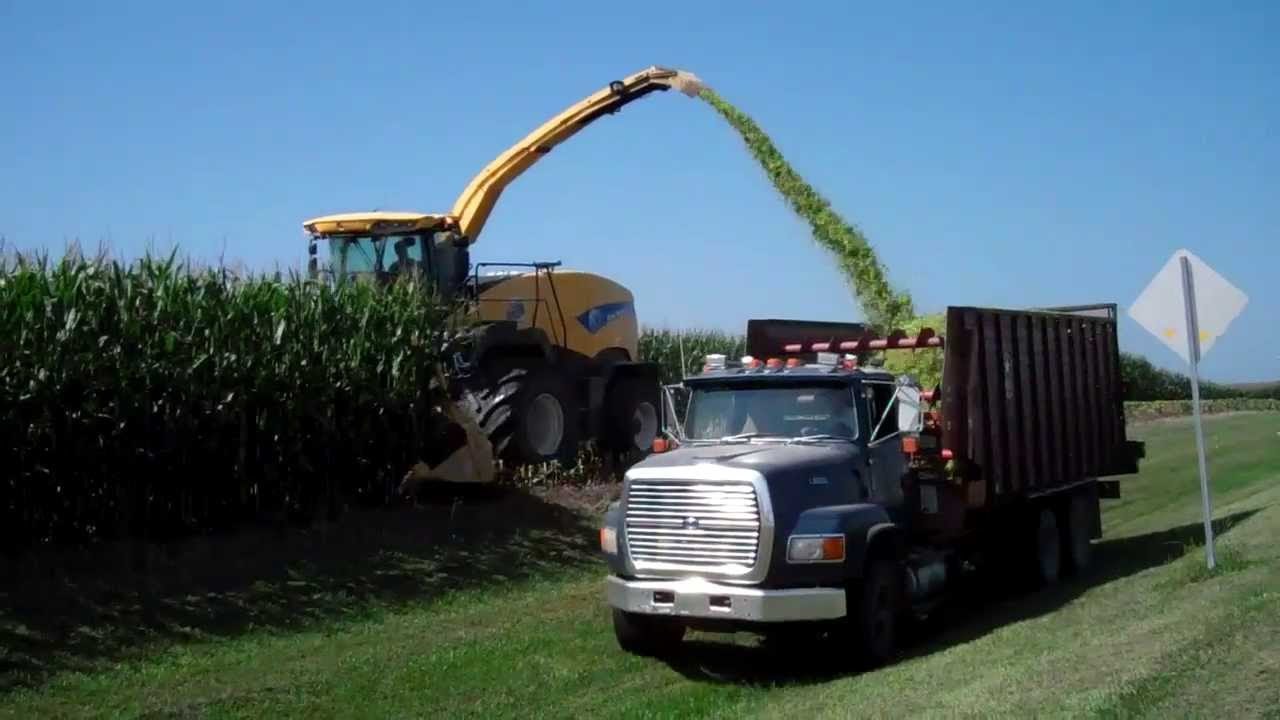Mycotoxin Reflections
By: Dr. John Doerr, Ph.D., PAS, Dpl. ACAP
Finish line in sight? Herds may need assistance now to prevent mycotoxin problems later. Back in early July I wrote a Mycotoxin Reflections piece that looked at how the corn crop stood in several states and what cautions should be in place for the rest of this season. At that time we were wondering what influences tropical storm Cindy might bring! We’re now several months down the road. Some locations have cut silage; in others it’s still a little early and much corn in the field is drying down for harvest as shell corn. But the real story is what the weather has been doing. First Harvey battered Texas and then made its way inland up into Arkansas and beyond. Now Irma has tracked though Georgia into Tennessee and on to bring rain, some heavy, to Indiana, Ohio, etc. Pick a spot. Was silage cut before these two monsters appeared? Was corn beginning to dry down? Did any of those locations either have steady rains or were there some drought areas? Unfortunately, some of the ramifications of those questions/answers won’t really become apparent until we start feeding cows from the 2017 crop. And, if you aren’t the proactive type and haven’t begun priming your herd for possible major mold/mycotoxin challenges this Fall, you’re apt to be among those who will be caught short.
During those past three months, to pick just a portion of one of Select Sires’ cooperatives in the upper mid-West, 42 samples of TMR, silage, etc. were submitted for mycotoxin testing. As can usually be predicted, all had DON, with an average contamination of 2,125 ppb. Normally I’d guess one-third to one-half of that number would be positive for zearalenone. But it was higher...31 of the 42 samples had reportable zearalenone with an average of 111 ppb. Now, we’re still on 2016 corn. But samples in July had an average DON of 1,800 ppb while August came in at 1,900 ppb, a slight but discernible increase. And ALL of the August samples were positive for zearalenone. So, 2016 (or older!) grain/silage in storage and heat and humidity rose. So did the mycotoxins.
As we move toward full onset of harvest and begin to see herds getting the first bites of 2017 crop, keep in mind that general productivity and reproduction efficiency and health status (immunity) are all impacted, not just by these two mycotoxins, but by the 20 or more that will typically be in a herd’s rations. If you’re the dairy farmer, it might be a good time to consult with your nutritionist and Select Sires representative for options to insure your herd never misses a beat. If you’re a nutritionist or veterinarian, consider the overall herd impact of a multi-tasking product like Select BioCyclePlus™ that will help reduce intestinal Gram negative bacteria, lower gut inflammation and prime the mucosal immune system, and provide a proven barrier to mycotoxin issues. And your clients will enjoy the fact that there is an exceptional savings promotion running right now. Ask your Select Sires or Agrarian Solutions representative to fill you in.
